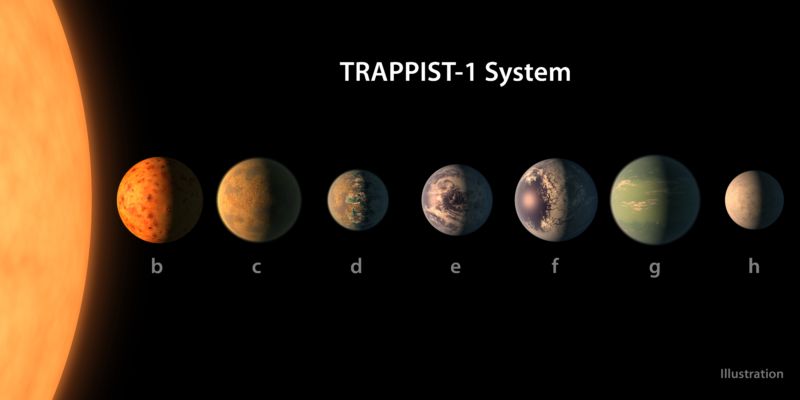Star’s magnetic field could turn habitable-zone planets into magma soup
Ars Technica » Scientific Method 2017-10-27

Enlarge (credit: NASA/JPL-Caltech)
In the search for new planets, a lot of the focus has been on finding some that reside in what's called the habitable zone. This is an area between where a planet's orbit receives enough starlight to keep water liquid, but not so much light that it all boils off as steam. Planets in habitable zone orbits are expected to have better prospects of harboring life as we know it from Earth's example.
But it's important to recognize that habitable zone doesn't mean habitable. If a habitable zone's planet's surface reflects enough light, it could end up as a frozen snowball. If its atmosphere has enough greenhouse gasses, it could end up a baking hell like Venus.
Now, a team of European researchers has identified something else that could have an immense effect on habitability: the star's magnetic field. Under the right conditions, planets close to a star will experience a strong but variable magnetic field, which can cause induction heating. In the case of one system with several habitable zone planets, the induction heating could be strong enough to convert them into oceans of magma.